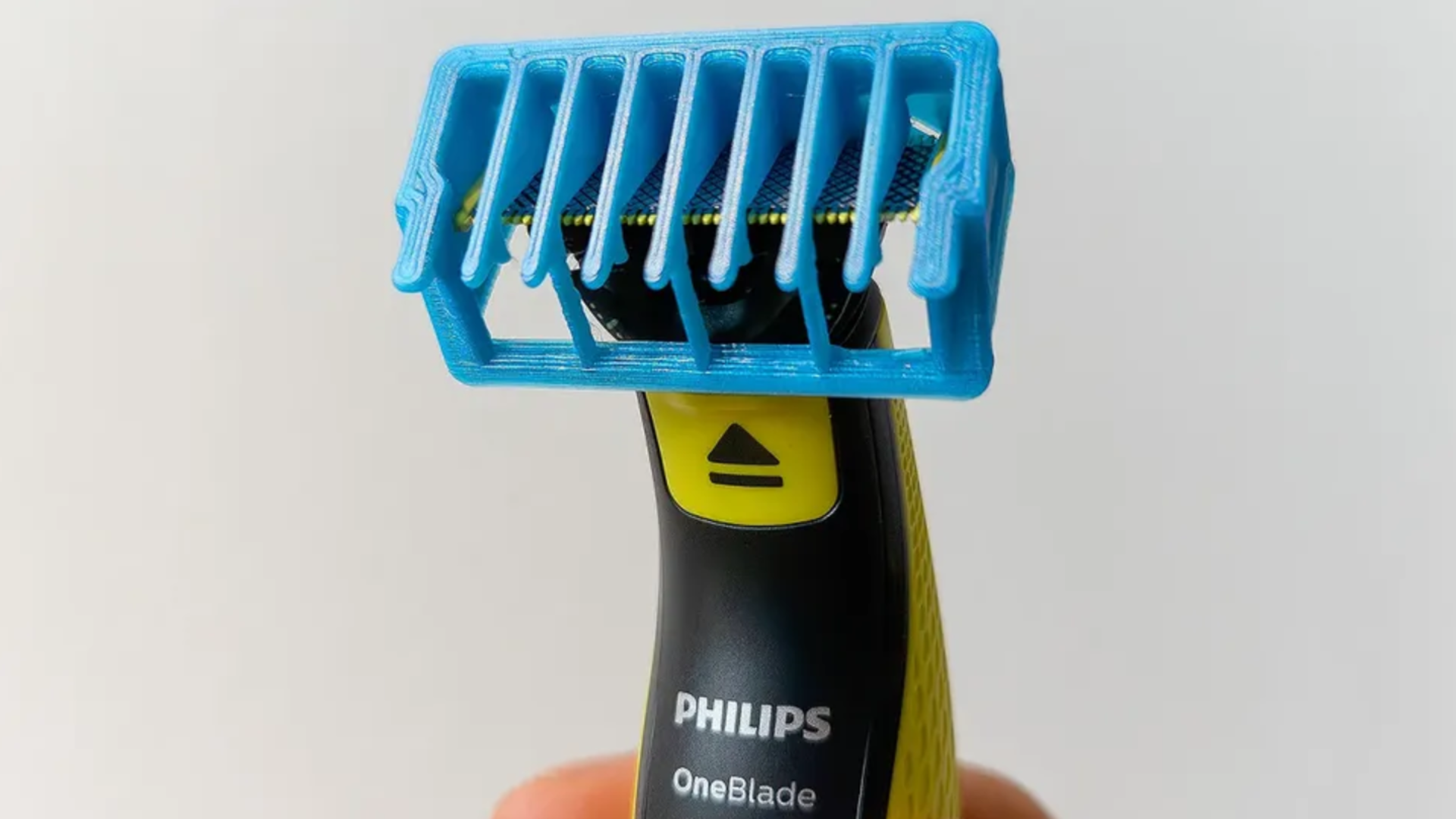Finally, you can now 3D print your own parts to repair the products you buy - and I genuinely hope other companies follow Philips' lead
Follow Philips' exact print settings or risk ending up with a useless, broken part

- Philips Fixables opens the door to DIY repairs with a program built around 3D printing files
- One tiny 3D printed part might mark a big shift in how repairs are done
- Don’t get too excited, only one part is available, and it’s not widely accessible yet
Philips has launched an initiative called Philips Fixables, a program that allows customers to download and 3D print replacement parts for certain products.
According to Tom's Hardware, this is an early-stage effort with a limited rollout so far, but one that signals broader changes in how tech companies may begin supporting product longevity.
The project is currently being piloted in the Czech Republic, where Philips is collaborating with Prusa Research and LePub.
A rare move toward open-source repair
At present, the program includes just one part - a 3mm comb attachment for a Philips shaver - but the company says additional components will be added over time.
To print a compatible part, customers will download the corresponding file from Printables.com, a platform widely used by hobbyists and makers.
While the best 3D printers can replicate intricate parts with impressive accuracy, successful results will depend heavily on users following Philips’s recommended print settings. The company warns that deviations, such as reducing infill to save time or filament, could result in weaker or unusable parts.
As with any new idea, it remains to be seen whether this will succeed in practice. Users may end up printing inferior parts that repeatedly fail, leading to frustration rather than effective repairs.
Sign up to the TechRadar Pro newsletter to get all the top news, opinion, features and guidance your business needs to succeed!
It’s also unclear how quickly Philips will expand the program or what types of components will be included next.
The Philips Fixables website allows customers to request specific parts. If approved, Philips says it will notify users when those parts become available for download.
However, there’s currently no public timeline for turnaround, nor are there transparent criteria for determining which parts will be accepted. That may limit the program’s usefulness in its early form.
Still, the move is noteworthy. In an era where the best 3D printers and laser engravers are often restricted by proprietary ecosystems, offering open-source repair files, even in a limited capacity, is rare.
This initiative echoes recent efforts by other companies, such as Logitech’s partnership with iFixit, which also champions repair over replacement.
You might also like

Efosa has been writing about technology for over 7 years, initially driven by curiosity but now fueled by a strong passion for the field. He holds both a Master's and a PhD in sciences, which provided him with a solid foundation in analytical thinking.
You must confirm your public display name before commenting
Please logout and then login again, you will then be prompted to enter your display name.